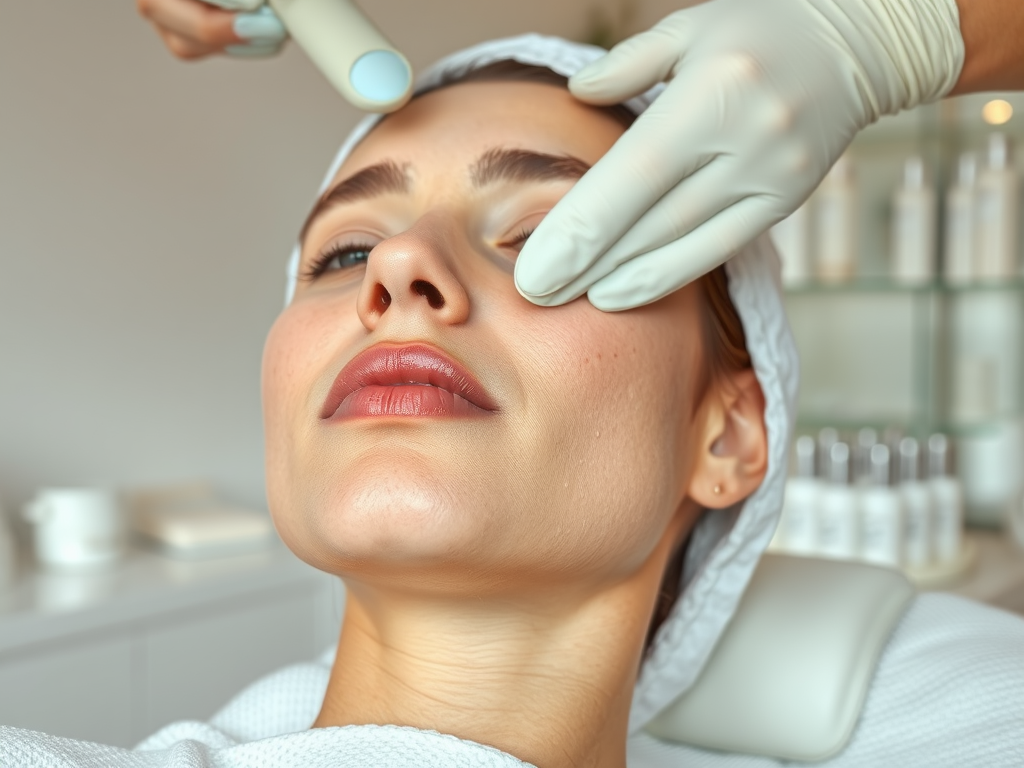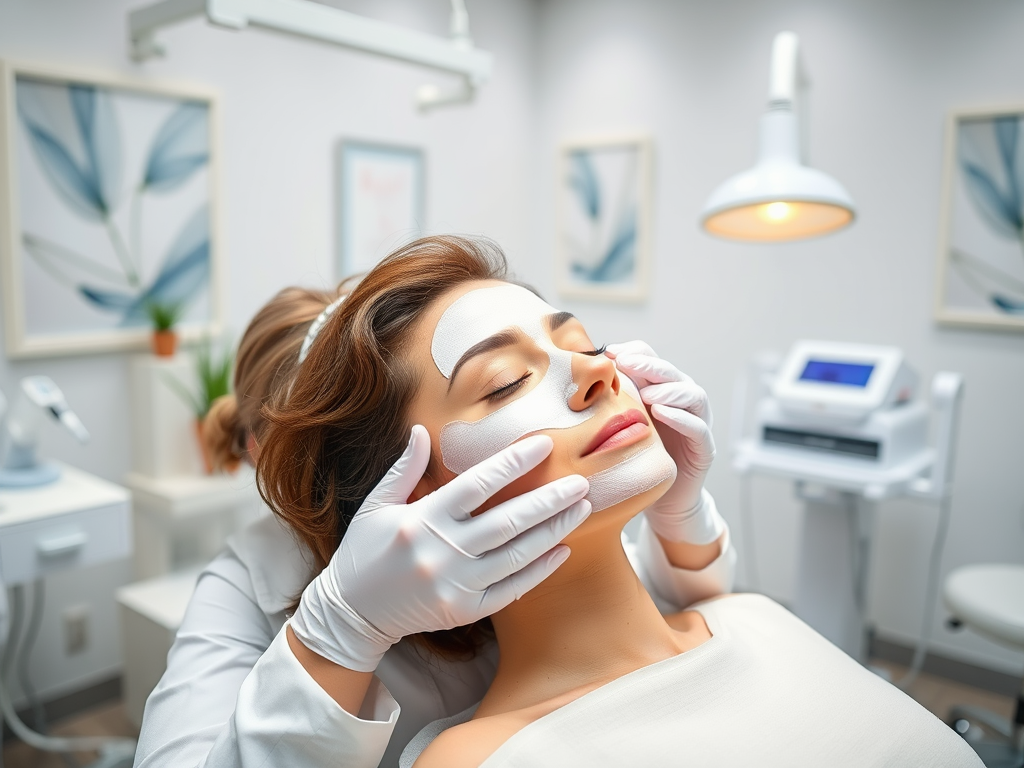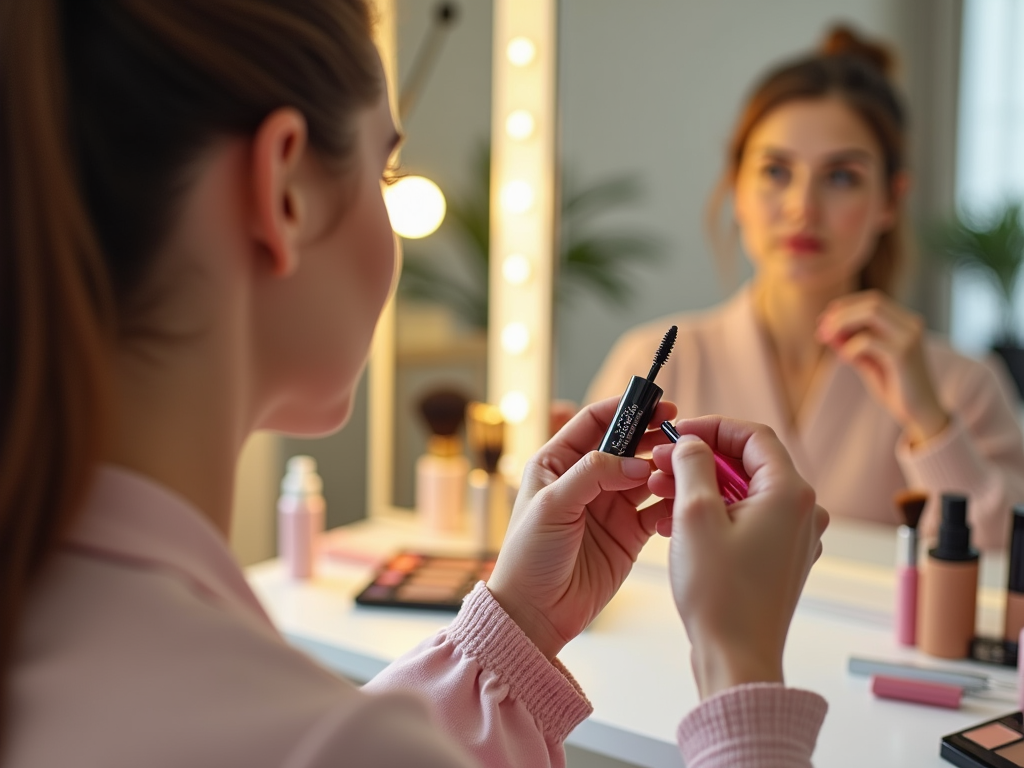
Chemical Peels: A Path to Smooth Facial Skin
Chemical peels have emerged as a beacon of hope for those looking to achieve flawless, smooth facial skin. They are not just another skincare trend; they represent a scientifically backed approach to enhancing the quality and appearance of your skin. By utilizing various chemical solutions, these peels successfully exfoliate the skin, removing dead cells and revealing a brighter, more youthful complexion underneath. As individuals become more concerned with skincare routines, chemical peels have become a popular option for targeting a variety of skin issues, from acne scars to fine lines. When administered by trained professionals, these procedures can significantly transform your skin. In this article, we will explore the intricacies of chemical peels, and how they can guide you towards achieving a smooth and radiant face.
How Chemical Peels Work

The science behind chemical peels is based on the application of specific chemical solutions that facilitate skin exfoliation. The active ingredients in these solutions typically include alpha-hydroxy acids (AHAs), beta-hydroxy acids (BHAs), and trichloroacetic acid (TCA). Each of these components has unique properties that help to break down the bonds holding dead skin cells together, thereby promoting cell turnover and revealing healthier skin beneath. This process not only rejuvenates the surface layer of the skin but also stimulates collagen production, contributing to improved skin elasticity and firmness over time. Acne, hyperpigmentation, and overall texture issues can see significant improvement, making chemical peels a favored option among skincare enthusiasts.
Chemical peels come in various types, each tailored to meet specific skin needs. The three main types include superficial, medium, and deep peels. Here’s a glimpse of what each type involves:
| Type | Depth | Ideal For |
|---|---|---|
| Superficial Peel | Only the outer layer | Fine lines, mild acne |
| Medium Peel | Into the middle layer | Moderate sun damage, uneven skin tone |
| Deep Peel | Reaches the deeper skin layers | Severe wrinkles, scarring |
Understanding the differences between these types is crucial for selecting the right peel for your skin. Superficial peels are gentle and can be repeated frequently, while medium and deep peels require longer recovery times but can offer more dramatic results. Consult with a skincare professional to determine the best option based on your skin type, concerns, and desired outcomes.
Benefits of Chemical Peels for Facial Skin

Chemical peels deliver various benefits that make them appealing for smooth facial skin. Here are some notable advantages:
- Exfoliation of Dead Skin Cells: Chemical peels efficiently remove the uppermost layer of dead skin, revealing a fresher complexion.
- Reduction of Acne Scars: They play a pivotal role in diminishing the appearance of acne scars and dark spots.
- Improvement in Skin Texture and Tone: With consistent treatment, chemical peels help in refining texture and evening out skin tone.
In addition to these benefits, chemical peels can also address issues like sun damage and enlarged pores. They promote new cell growth, leading to a more revitalized and youthful appearance. The overall rejuvenation process may enhance the effectiveness of your regular skincare products as well.
The Chemical Peel Process
Undergoing a chemical peel involves several steps to ensure the best results and safety. It starts with a consultation where a skincare expert evaluates your skin condition and discusses your goals. After determining the appropriate type of peel, the skin is cleansed to remove any makeup and impurities. A protective cream or solution is then applied to sensitive areas before the chemical solution itself is applied. During the treatment, you may experience sensations ranging from mild tingling to a burning sensation, depending on the peel’s strength.
Post-treatment care is crucial for optimal results. Here are some recommendations:
- Moisturize regularly to keep the skin hydrated.
- Avoid direct sun exposure and wear sunscreen.
- Follow any specific aftercare instructions provided by your professional.
Most patients can resume normal activities soon after the procedure, though some redness and peeling are common. The recovery timeline can vary based on the type of peel used. Superficial peels may lead to only minor redness that subsides quickly, while medium and deep peels might require more downtime for proper healing. Understanding recovery expectations can greatly enhance your comfort and results.
Choosing the Right Chemical Peel for You
Selecting the appropriate chemical peel is essential for achieving your skincare goals. It’s important to consider factors such as your skin type, specific concerns (like acne, wrinkles, or pigmentation), and desired results. Consulting a skincare professional will provide guidance tailored to your unique needs. They can help navigate the various options available and determine what type of peel aligns best with your individual situation.
Conclusion
Chemical peels represent a powerful tool in the quest for smooth, radiant facial skin. With various types catering to specific skin concerns, these treatments can unveil a more youthful appearance while minimizing issues like acne scars and hyperpigmentation. The benefits stretch beyond just aesthetics; they also inspire confidence and promote well-being. As you embark on your skincare journey, consider the insightful knowledge shared here to make informed decisions. The transformative effects of chemical peels can truly help you achieve the smooth and clear skin you’ve always desired.
Frequently Asked Questions
- What skin types can benefit from chemical peels? Chemical peels are suitable for most skin types, but individuals with very sensitive skin should consult a professional.
- How often can I get a chemical peel? The frequency of chemical peels depends on the type used; superficial peels can be done every few weeks, while deeper peels are typically spaced out more.
- Are chemical peels safe? Yes, when performed by a trained professional, chemical peels are generally safe. Side effects can occur but are typically mild and manageable.
- How long do the results last? The longevity of results varies by peel type and individual skin care routines, but results can last for several weeks to months.
- What should I do after a chemical peel? Post-treatment care includes moisturizing, avoiding direct sun exposure, and following any specific instructions provided by your skincare professional.

